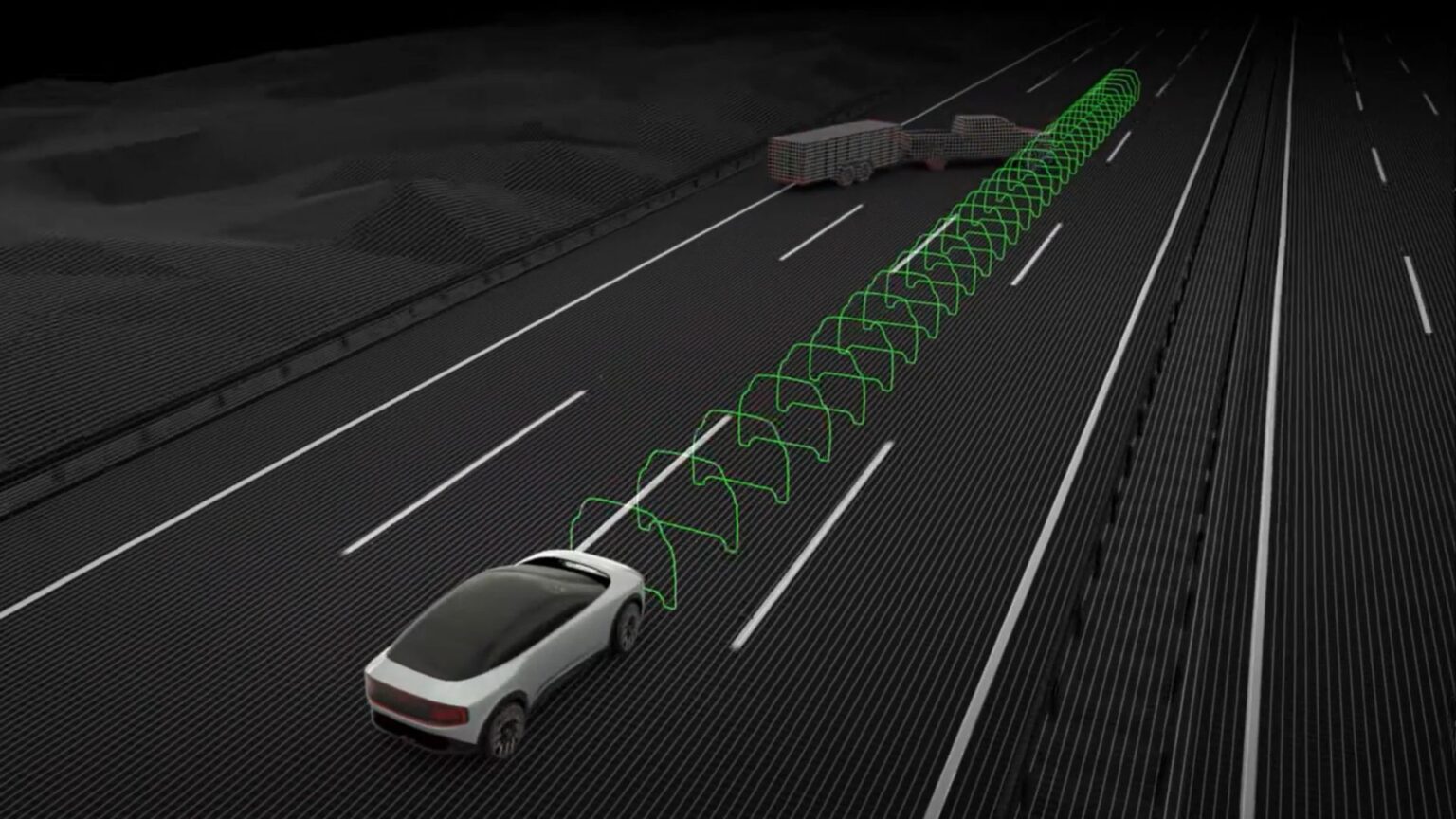Simply put, GM’s groundbreaking Super Cruise is one of the most transformative driver assistance technologies to arrive in at least the last 20 years. This system provides partial autonomy in certain situations, particularly on limited-access divided highways. When certain criteria are met, Super Cruise allows a vehicle to steer, accelerate, and stop all on its own without any driver intervention. This system was so innovative that Ford brought a nearly identical technology to market a few years later (BlueCruise), as did Stellantis (Hands-Free Driving Assist), and even Nissan (ProPilot Assist 2.0).
Making An Even Better Driving Aid
Upping the ante, that Japanese automaker is hard at work on the next generation of ProPilot technology, which Nissan just announced is launching “from fiscal year 2027.” This updated version of the system will incorporate something called Ground Truth Perception, a technology that gives vehicles 360 degrees of three-dimensional awareness.
Unfortunately, Nissan doesn’t explicitly spell out what its new ProPilot Assist system will do beyond the existing version, but the automaker did say this technology “will set a new standard for autonomous driving with advanced collision-avoidance capability.”
This is enabled by cameras, radar, and next-generation lidar instruments that take in huge amounts of information. Then, through something called sensor fusion, all this data is processed so decisions – appropriate decisions – can be made.
All that cutting-edge hardware is great, but it’s nearly useless without equally advanced software. And that’s where Wayve AI (artificial intelligence) Driver comes in. According to Nissan, this system is “built on Wayve’s embodied AI foundation model [and] is designed to handle highly complex real-world driving conditions in a human-like manner.” This software is also able to “rapidly learn from vast amounts of data,” which the automaker claims will give its vehicles an advantage in the coming years.
An artificial intelligence company, Wayve is working on AI specifically for driving tasks. With generative technology, the company’s AI model is trained on “vast amounts of real-world experience,” which will enable point-to-point driving on both the highway and urban environments.
What Are The Benefits Of The Next-Gen ProPilot Assist?
Unfortunately, Nissan doesn’t explicitly spell out what its new ProPilot Assist system will do beyond the existing version, but the automaker did say this technology “will set a new standard for autonomous driving with advanced collision-avoidance capability.” That statement is in addition to Wayve’s mission of enabling autonomous driving on highways AND urban areas, which if realized, would be a huge advantage over competing semi-autonomous driving systems.
A separate media release also explains that Ground Truth Perception is expected to provide automated collision-evasion capabilities. Vehicles equipped with this feature will be able to avoid “highly complex accidents that occur in the real world,” not just a car stopping in front of you or a pedestrian stepping out from behind a barrier. Related videos show vehicles swerving around jackknifed trailers on the highway, and deftly avoiding vehicles backing into their path.
The current version of ProPilot Assist 2.0 works quite well, but the next-generation of this driver assistance technology sounds significantly better. It will be intriguing to see if Nissan can deliver this system in the next two years or so, and whether it’s a clear step up from what’s currently available.
Read the full article here


